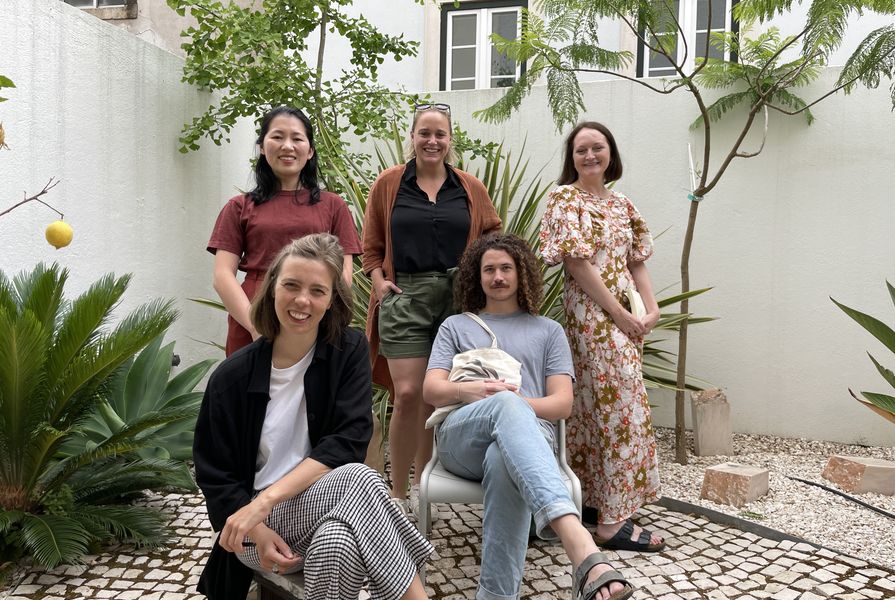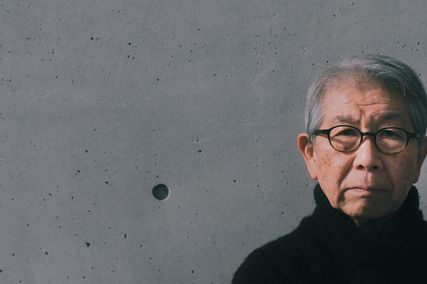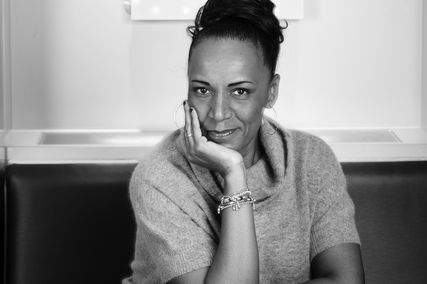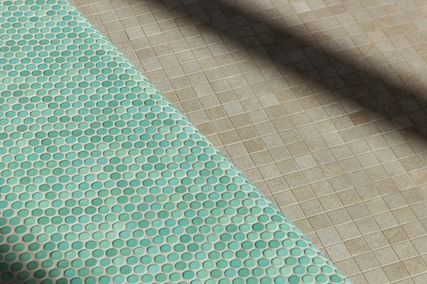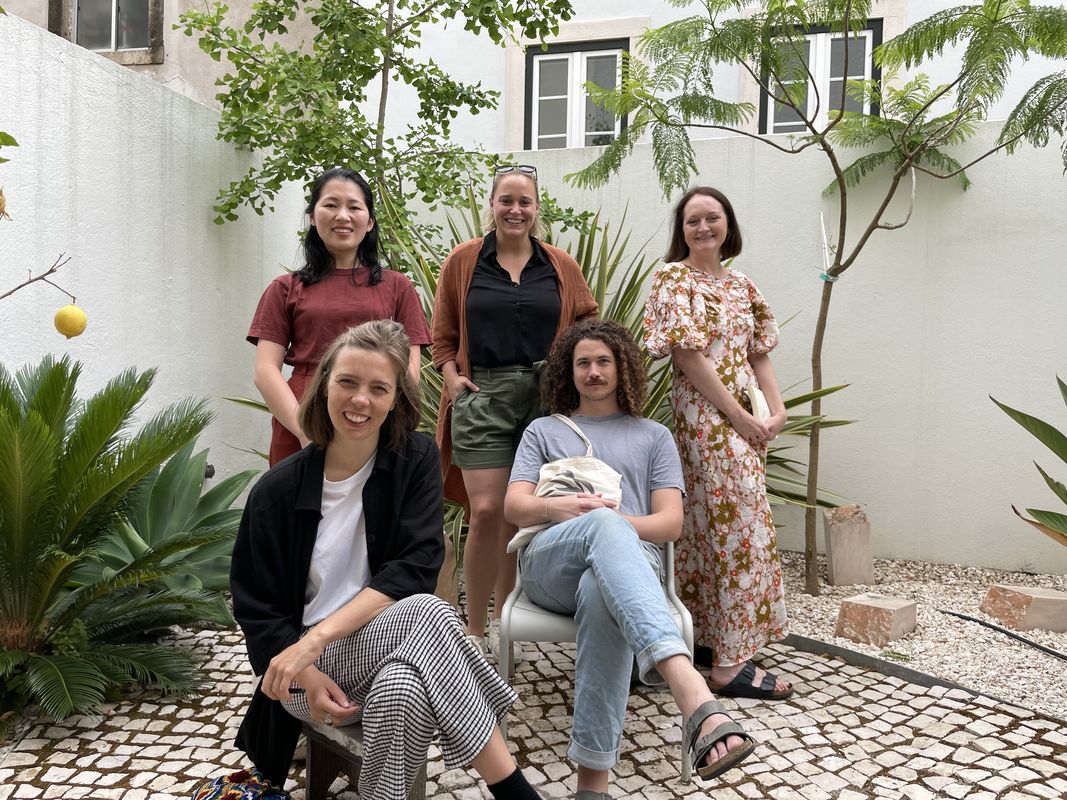Lisbon is a city where the time-space continuum is written into the urban fabric. The city can trace its roots in a direct and continuous line from the Iron Age to the present, punctuated by moments of disaster (earthquake and fire) and political change (including the rise and fall of the Estado Novo regime – the longest-running dictatorship in Western Europe).
São Jorge Castle, atop one of the seven hills of Lisbon, marks the first known human settlement in Lisbon. Stone remains from various periods in history – from the Iron Age to Medieval Muslim occupation – were uncovered during excavations for a car park at the castle site. Historic artefacts found at the site are now in the castle museum, and architect João Luís Carrilho da Graça was called in to preserve the archaeological remains.
Musealization of the Archaeological Site of Praça Nova of São Jorge Castle by João Luís Carrilho da Graça.
Image: Linda Cheng
A perimeter of Corten steel draws a precise boundary but also guides visitors to the various archaeological remains. Stepping down into the site is like stepping back in time, first past the remnants of a fifteenth-century palace, then the foundations of eleventh-century Muslim domestic structures. It’s here that the pinpoints of time are connected through João Luís Carrilho da Graça’s intervention – a floating extrusion of the foundations, which gives visitors a sense of domestic occupation in these quarters.
The site is described as a “palimpsest” of history with a “palindromic” time-space reading. The city is written over and over again (with moments in history detectable in each layer) and it can be read front to back and back to front – an apt metaphor for the endemic architecture of Lisbon.
Musealization of the Archaeological Site of Praça Nova of São Jorge Castle by João Luís Carrilho da Graça.
Image: Tiffany Liew
Dulux Study Tour winner Edwina Brisbane remarked that this kind of time-space sequencing can be found throughout the works of Lisbon architects.
“When I visited Portugal a number of years ago, I visited a lot of Álvaro Siza’s work, which was really influential on my practice in the way that [the] sequence through the buildings connects you to yourself as an embodied experience … [while] also connecting to context,” she said.
“It was nice to see it in other parts of the city … it felt like it was because of how important time was in Lisbon and the acknowledgement of different layers of time.”
Tiffany Liew added, “I think it’s interesting that in a highly urbanized environment, identity seems to be driven by the backdrops of life over the time. The thing that Edwina was describing about sequencing was the result of building upon the same fabric over time in order to suit what people want and need.”
João Luís Carrilho da Graça in his studio.
Image: Linda Cheng
When the 2023 Dulux Study Tour group visited João Luís Carrilho da Graça in his studio, he proudly told the group the São Jorge Castle project received the 2010 Piranesi Prix de Rome, a prize awarded to projects built on archaeological sites. The seminal Lisbon architect, who counts Pritzker Prize laureates Álvaro Siza and Eduardo Souto de Moura among his contemporaries, lamented that Portuguese architects are not as well respected across the continent as their European counterparts. His award is both a personal and national triumph for the sensitivity with which Lisbon architects approach works of restoration, renovation and adaptation.
“All the firms that we visited believed what they were doing. They all said they loved architecture and they were very passionate,” said Sarah Lebner. “We saw so many projects that were about interactions with older structures. There was a sense that they believed in the power of what that could do for the city. They had a confidence in the value of architecture in representing who they were and their history.”
“We heard this contextual positioning from every practice we visited, each practice articulating how their architecture is placed in conversation with its place and history,” added Ellen Buttrose. “Often the language I heard being used by the practices was describing how the architecture is not to be placed on, but within this context. Sitting both as a part of a lineage, and a piece of the future.”
Museum of Art, Architecture and Technology by Amanda Levete Architects.
Image: Linda Cheng
Many of the Lisbon architects also observed the contrast between their own work and the work of foreign architects in the city. Nowhere is this more evident than in the architecture of the waterfront in Lisbon. The 1998 World Expo brought about a sequence of renewal projects designed to market Lisbon to the world. From the World Expo site to Amanda Levete Architects’ Museum of Art, Architecture and Technology (MAAT), the northern bank of the Tagus is a parade ground of large-scale cultural institutions and infrastructure, designed by a roll call of local and foreign architects.
Bradley Kerr found himself disoriented in the city due to the lack of connection to the river. The Praça do Comércio is the only place where the historic city meets the river, while the remainder of the waterfront is bisected from the city by the Estrada Marginal. Over time the river’s edge has been redrawn by human occupation, from its early Moorish days when the Alfama precinct was established, through the colonial period, when the riverbank became the launchpad of the Portuguese empire, to the present day, when the riverfront is a primary place of renewal.
“It was interesting to hear about how they’ve created more land, more space, and built out over the river,” Kerr said. “[It felt as if] landscape was something to be overcome, and this perspective was validated in our last project visit [to MAAT] where the architecture is described as ‘conquering the river’. That just crystalized the difference between the colonist versus the colonized in architecture.”
Linda Cheng travelled with the 2023 Dulux Study Tour. Follow #2023DuluxStudyTour on social media and the blog.
See also Linda Cheng’s report from the Lisbon leg of the 2019 Dulux Study Tour.

